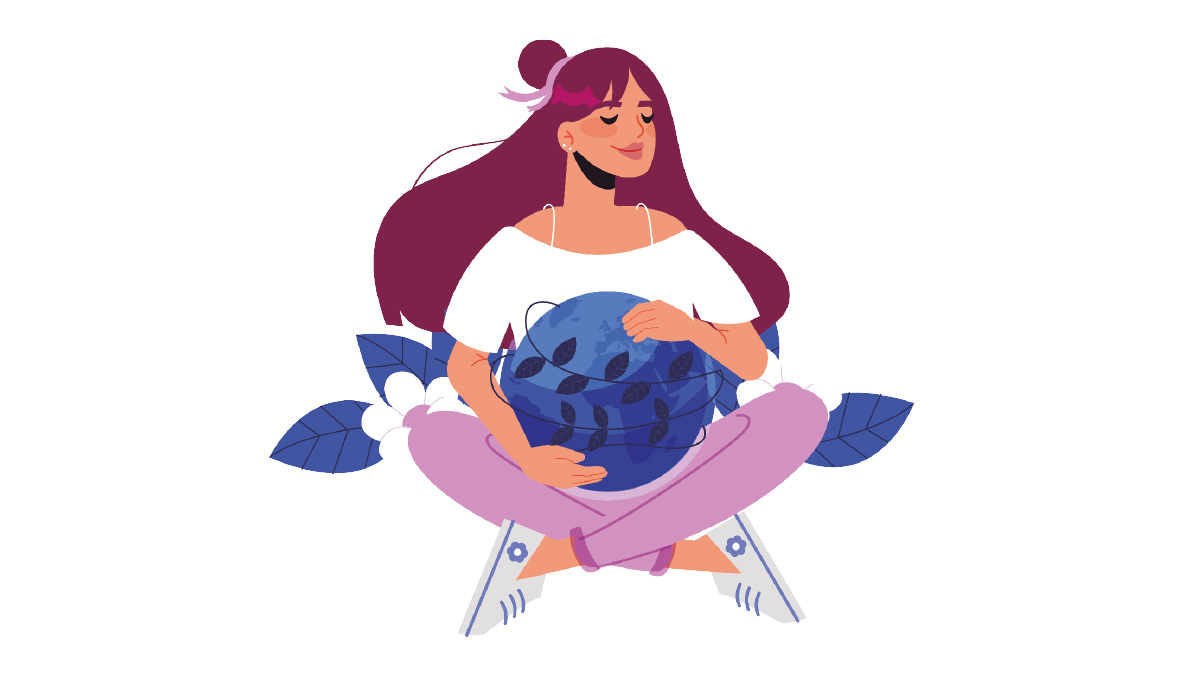Aprendamos a reconocer las oportunidades para reinventarnos y convertirnos en mejores personas
“¿Por qué se ha de temer a los cambios? Toda la vida es un cambio. ¿Por qué hemos de temerle?”
George Herbert
Quiero iniciar mi escrito con esta frase, con la cual me gustaría que reflexionemos sobre cómo es que nosotras podemos ser o estamos siendo participes del cambio.
La palabra cambio la podemos definir como la acción o transición de un estado inicial a otro diferente, y se puede referir a un individuo, objeto o situación. Dicha palabra se deriva del latín cambium que significa “acción o efecto de cambiar”.
Como seres humanos, naturalmente le tememos a lo desconocido y activamos nuestro sentido de protección para quedarnos en nuestra zona de confort. Hay personas que al realizar un cambio en su rutina, en sus hábitos o en su vida les puede generar ansiedad, preocupaciones o estrés anticipatorio que lo único que hace es frenarnos y desmotivarnos, y como resultado caemos en un estancamiento.
Debemos aprender a reconocer el cambio como algo bueno, como una oportunidad de reinventarnos y convertirnos en mejores personas, las cuales pueden ser partícipes de cambios interesantes en nuestra ciudad, país o en el mundo.
Hoy en día podemos ver que todo está cambiando, hay más innovaciones por doquier, por eso es importante que nosotros seamos parte de esos cambios que realmente están favoreciendo a millones de personas. Así como vemos tantos avances dentro de la tecnología, de la educación o de la industria, podamos verlo como una oportunidad para que seamos parte de la mejora de nuestro mundo.
Podemos darnos cuenta de lo que se vive en la actualidad y muchas veces estamos en contra de lo que está sucediendo, lo cual nos generara mucho más conflicto y en lugar de aportar para solucionar, nos frustramos por no querer aceptar los cambios, pero si nos seguimos frustrando cuando sea necesario hacer un giro, esto nos va a traer más disgustos. Aceptar formar parte del proceso de crecimiento y ayudar a entender lo que está pasando nos indica aquello que ya no va a ser igual y nos ayuda a enfrentar la nueva situación.
Evidentemente todos los procesos tienen diferentes fases, y conocerlas nos ayudará a entender el viaje en este trayecto, pero hay que tener la calma para no detenernos más de lo necesario por el miedo a crecer o avanzar, si no que aprendamos y sobre todo entendamos que este mundo está cambiando y entre todas esas cosas que están pasando nosotros también vamos sufriendo cambios.
Las personas que aceptan los cambios son las que al final superan las dificultades con mejor respuesta, son las que tienden a ser más positivas y ven como llegan las oportunidades o retos, en vez de un problema.
Changing with the world
Let’s learn to recognize opportunities to reinvent ourselves and become better people
“Why should we be afraid of change? All life is change – why should we fear it?”
George Herbert
I want to begin my writing with this phrase, with which I want us to reflect on how we can be or are participants of the change.
Change can be defined as the action or transition from an initial state to a different one, referring to an individual, object or situation. This word is derived from the Latin cambium, which means “action or effect of changing.”
Humans naturally fear the unknown and activate our sense of protection to stay in our comfort zone. There are people that when making a change in their routine, habits or life, it can generate anxiety, worries or anticipatory stress that only slows them down and demotivates them, and as a result, they fall into stagnation.
We must learn to recognize change as something good, as an opportunity to reinvent ourselves and become better people who can participate in exciting changes in our city, country or the world.
Today we see that everything is changing, and more innovations are everywhere. Hence, we must be part of these changes benefiting millions of people. Just as we see so many advances in technology, education or industry, it is an opportunity for us to be part of improving our world.
We can realize what is happening today, and often we are against what is happening, which will generate much more conflict. Instead of contributing to solving, we get frustrated for not wanting to accept the changes. Still, if we continue to get frustrated when it is necessary to make a change, this will bring us more displeasure. Taking part in the growth process and helping to understand what is happening shows us what will no longer be the same and helps us face the new situation.
All processes have different phases, and knowing them will help us understand the journey. Still, we must be calm not to stop more than necessary for fear of growing or moving forward, but to learn and especially to understand that this world is changing. Among all these things happening, we are also unchanging people who accept the changes and are the ones who, in the end, overcome the difficulties with a better response; they are the ones who tend to be more positive and see opportunities or challenges as they come, instead of a problem.

